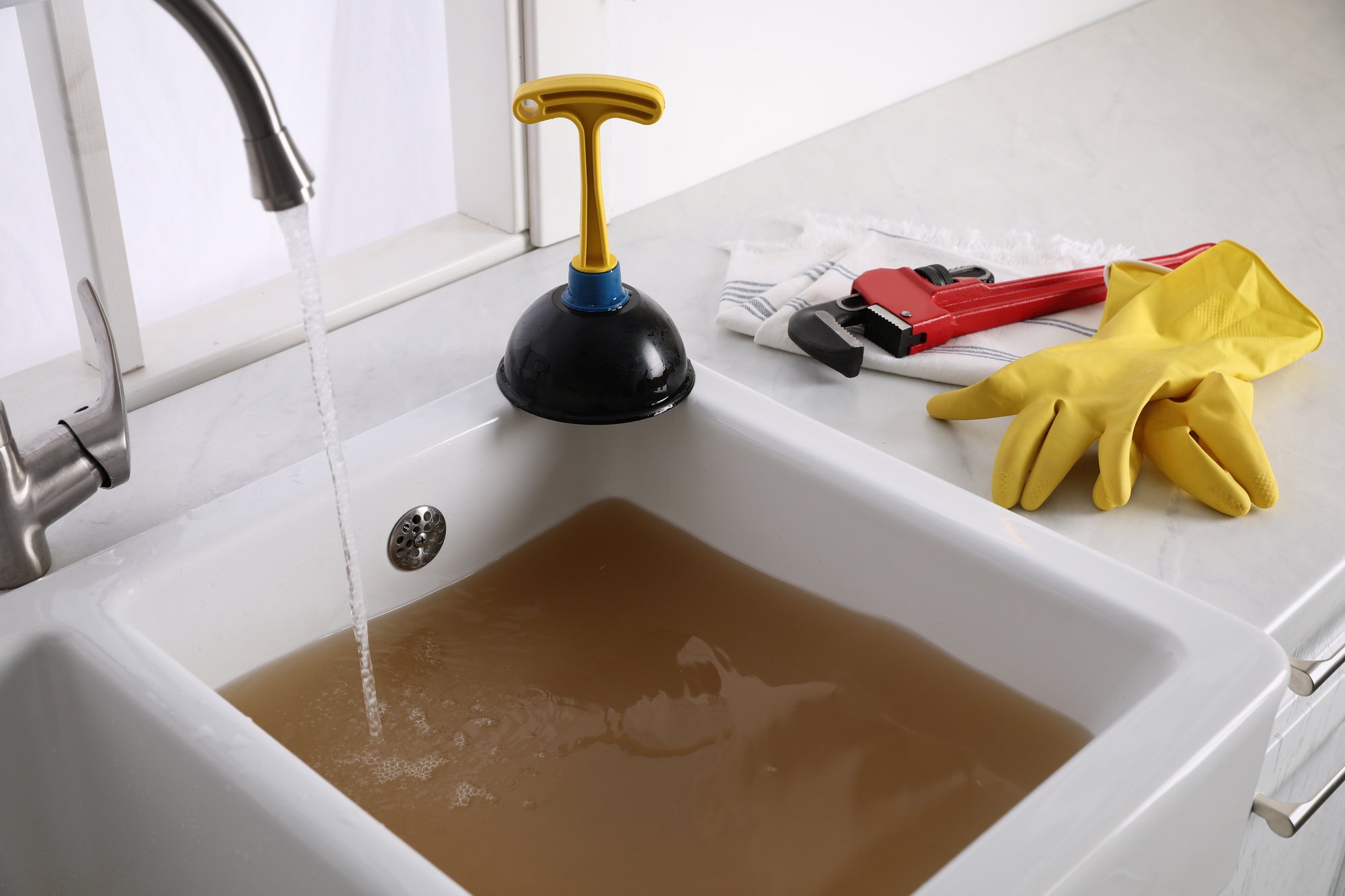Bathroom Plumbing Basics: Essential Advice for New Homeowners
Bathroom Plumbing Basics: Essential Advice for New Homeowners
Blog Article
We've come across this article about 6 Essential Plumbing Checks for New Homeowners below on the net and think it made perfect sense to share it with you over here.

For new house owners, understanding and keeping washroom pipes can conserve both time and money by stopping pricey issues down the line. Below are some important restroom plumbing ideas to aid you maintain whatever running efficiently.
Acquaint Yourself with the Main Shut-Off Shutoff
Understanding where the primary water shut-off shutoff lies in your home is essential. This permits you to quickly switch off the water in case of significant leaks or throughout plumbing emergency situations, avoiding extensive water damages.
Routinely Evaluate for Leaks
Little leaks can result in large problems. Frequently inspect under sinks, around toilets, and near plumbing fixtures for any kind of indicators of leaks. Search for moisture, tiny drips, or corrosion. Catching and fixing leakages early can stop more major damage and conserve water.
Do Not Ignore Slow Drains Pipes
If your sink or bathtub is draining pipes gradually, it's commonly an indication of an obstruction developing. Resolving this very early can prevent a full obstruction. Utilize a bettor or a plumber's serpent to clear out particles. Stay clear of utilizing chemical drainpipe cleansers as they can damage your pipelines gradually.
Know What Not to Flush
Bathrooms are not waste disposal unit. Stay clear of flushing anything besides bathroom tissue and human waste. Products like wipes, womanly health products, and cotton swabs should be taken care of in the garbage to avoid clogs and sewage system back-ups.
Install Strainers in Drains
Location strainers in your sink and bathtub drains pipes to capture hair and various other particles prior to they enter your plumbing system. Cleaning up the strainers consistently will help avoid buildup and maintain water moving openly.
Keep Your Water Heater
Guarantee your hot water heater is set to an ideal temperature level (normally about 120 degrees Fahrenheit) to stop hot and decrease energy usage. Flush the tank each year to remove sediment accumulation, which can lower the efficiency and lifespan of your heating unit.
Upgrade Your Components
If your home has older components, think about upgrading to much more reliable designs. Modern toilets, showerheads, and faucets are created to use less water while supplying great pressure, which can dramatically minimize your water costs and environmental footprint.
Beware with Do It Yourself Plumbing Fixes
While it's tempting to deal with all home repair services on your own, be cautious with plumbing. Some problems may require specialist expertise, specifically if they involve major water lines or drain repair work. Hiring a professional can sometimes be more cost-efficient than DIY, especially if it prevents additional damage.
Plan For Cold Weather
Protect your pipelines from cold during winter by protecting pipes in unheated areas like cellars, attic rooms, and garages. Throughout extreme cool, let cold water drip from faucets served by subjected pipes to help prevent freezing.
Arrange Regular Maintenance
Think about scheduling yearly examinations with a qualified plumbing technician. They can detect issues that you could miss, such as covert leakages or wear and tear on pipes and components. Normal upkeep assists expand the life of your plumbing system and can prevent emergencies.
Conclusion
Understanding and maintaining your home's bathroom pipes can prevent several common concerns. By adhering to these necessary pointers, you can guarantee your bathroom stays functional and efficient, conserving you time and money in the future.
Essential Plumbing Tips for Homeowners: Keep Your Pipes Flowing Smoothly
As a homeowner, understanding the basics of your plumbing system can save you time, money, and a lot of headaches. Plumbing issues can range from minor annoyances like dripping faucets to major problems like burst pipes that cause significant damage. This guide provides essential tips to help you maintain your plumbing system and tackle common issues.
Understanding Your Plumbing System
Supply System: Brings fresh water into your home from a municipal source or a well. Drain-Waste-Vent System: Removes wastewater and vents sewer gases outside. Fixtures and Appliances: Includes sinks, toilets, showers, dishwashers, and washing machines. Basic Maintenance Tips
Regular Inspections: Periodically check for leaks, corrosion, and other signs of wear and tear. Look under sinks, around toilets, and near water heaters. Know Your Main Shut-Off Valve: In case of a major leak, you’ll need to shut off the water quickly. Ensure everyone in your household knows where the main shut-off valve is located. Prevent Frozen Pipes: In cold climates, insulate exposed pipes and let faucets drip during extreme cold to prevent freezing. Use Strainers: Install strainers in sinks and tubs to catch hair, food particles, and other debris that can cause clogs. Common Plumbing Issues and Solutions
Clogged Drains:
Prevention: Avoid pouring grease down the drain and use drain screens to catch debris. DIY Fix: Use a plunger or a plumbing snake to clear minor clogs. For stubborn clogs, a mixture of baking soda and vinegar can sometimes help. Leaky Faucets:
Prevention: Replace washers and seals regularly. DIY Fix: Turn off the water supply, disassemble the faucet, and replace worn parts.

Schedule Now Report this page